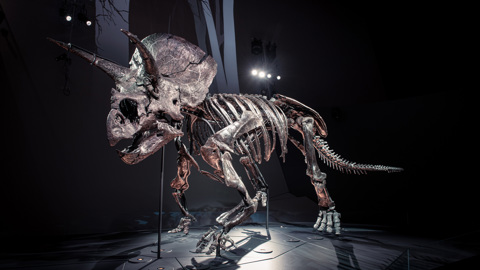Looking at the sky in a different light: Years 9–11
Students appreciate the significance of different types of telescopes that allow us to see the sky with different light.
What to do
- Looking at how the sky appears in different types of electromagnetic radiation or forms of light allows us to see what is completely invisible to our eyes. Examine the six different images of Centaurus A (galaxy) in the video.
- What information can astronomers gain from viewing Centaurus A in gamma rays, X-rays, UV light, optical, infra-red and radio waves? You will need to research the different forms of electromagnetic radiation to answer this question.
- Research different telescopes that can view the sky in the different forms of light and fill in a table with the following headings: (Try to include Australian telescopes).
- Name of telescope
- Where is it based?
- Electromagnetic radiation it detects
- How far can it "see"?
- Special discoveries?
- Image of telescope - Analyse your table of information once it is complete. What are some of the things that stand out for you?
- Use the information in the table to design a poster that effectively displays your research. Think about what you would like to highlight in your poster before you begin. The following animation highlights the observable distance that particular telescopes can reach. It provides an example of what you might like to highlight in your poster.
- The new generation of telescopes are technologically more advanced and are aiming to uncover how the first stars and galaxies formed as well as the mysteries of dark energy and dark matter. The problem with these telescopes is that the amount of data detected will be immense. For example when the Square Kilometre Array (SKA) is complete in 2020, it will generate more data each day than the total amount of data on the internet today! In groups of three or four, discuss the following questions:
- What are some of the advantages and disadvantages of uncovering these mysteries?
- Brainstorm possible solutions to the problem of having so much data to analyse. - There are citizen science projects where everyday citizens can help analyse data. Go to Zooniverse and see how you can help today. Choose a project to contribute to.
- ITelescopes is a website where you can hire time to control a real telescope virtually and obtain your own real data to analyse! Have a go and see what you can discover!
Advice to teachers
This modelling task is aimed at VCE Year 11 Physics students and is linked to Area of Study: What is matter and how it it formed?
The skills that will be used and challenged in this activity include: research, critical thinking, creative thinking, problem solving, communication, report writing and negotiation skills.












